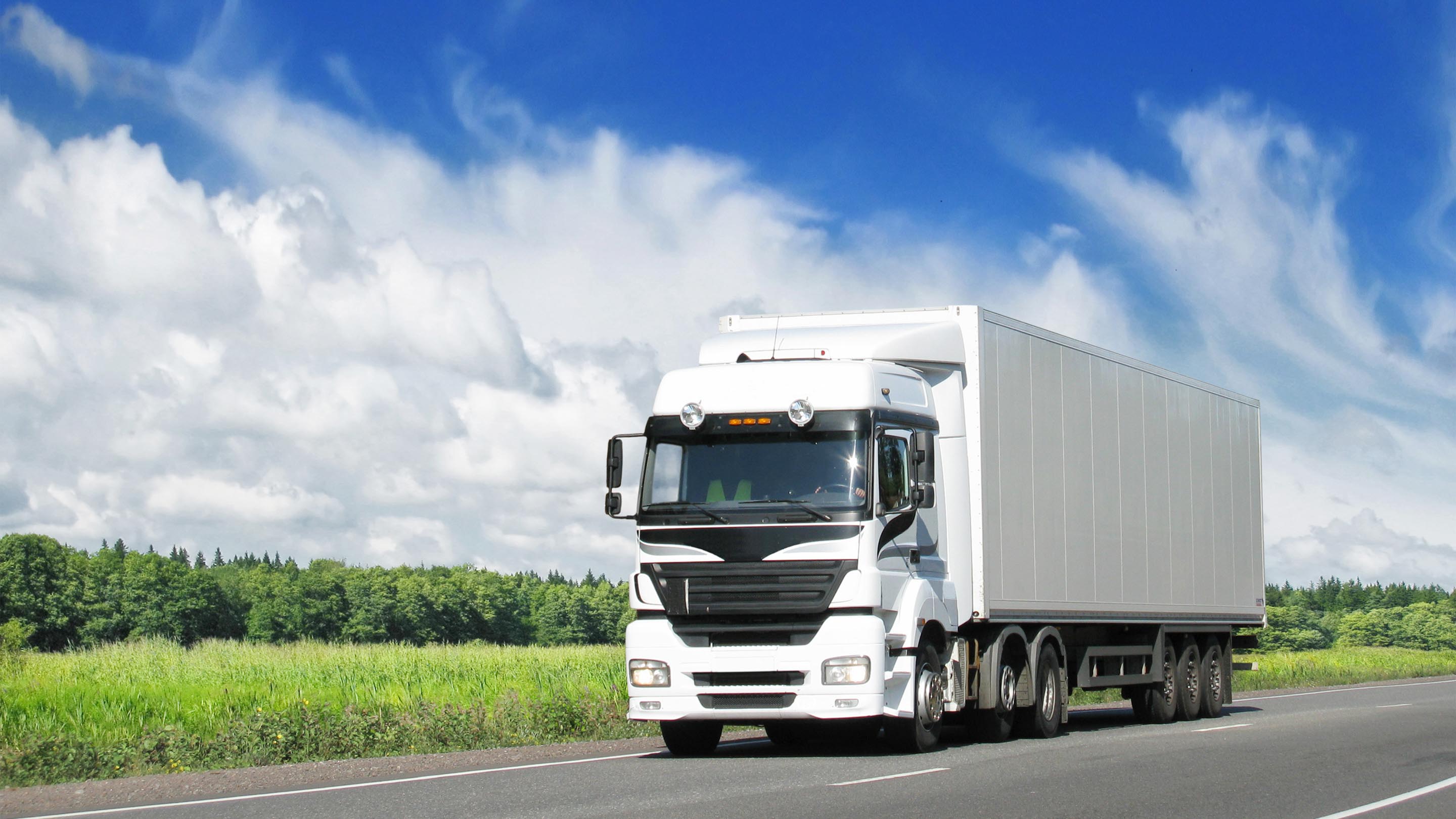Truck telematics in Europe: Your questions answered
Why use truck telematics in Europe?
By Geotab Team
Jan 16, 2025

It is very hard these days for a heavy-duty fleet owner or management board to decide on truck telematics. What fleet management solution will bring me the return that I am expecting? Will digitalization add value? Why am I renewing long-term subscriptions although innovation comes short-term?
Now consider these questions:
- What if fleets could decide what their fleet management solution should look like?
- What if they could build it?
- Would fleets embrace digitalization if they enjoy short-term wins (value)?
- What if fleets could step out or up/downgrade at any given moment without being locked in for 3, 4 or 6 years?
At Geotab, we hear the questions… and we respond.
Can I customize my telematics solution?
We have an open API platform to allow fleets to develop their own customized solutions. To facilitate the fleet’s choice, we offer an expanding marketplace of Geotab-developed apps or hardware/software developed by specialist partners. Geotab has a clear after-market strategy with the ability to manage and measure any asset.
Why should small fleets use truck telematics?
The large majority of around 6 million medium and heavy trucks in Europe belong to small fleets, according to research from Berg Insight. Small fleets tend to have 1 to 20 trucks. In Poland, with more than 1 million heavy trucks, the largest country in terms of volume, 96% of the fleets have 1 to 5 vehicles.
The smallest fleets may refrain from digital services as they already feel in control due to fixed routes, short-distance trips, or they fear over-investing. However, once they grow in size and complexity, their need for telematics also grows.
Geotab offers a modular solution. Fleets can gain easy access to the digital world. Understanding positioning (as part of productivity), remote downloading of digital tacho (as part of compliance), or monitoring fuel economy (fleet efficiency) can be achieved rapidly through an affordable cost model with greater flexibility.
Smaller fleets wish to have prompt return of their technology investment, and do have a clear interest in professional services: how to manage compliance (tacho), how to increase driver efficiency (driver scoring) or how to keep track of deliveries (ETA/navigation).
Geotab has its next generation of vehicle tracking device (Geotab GO9) and a comprehensive fleet management software (MyGeotab). The GO9 will capture the richest data set, this to enable fuel management, eco-driving or even remote diagnostics (no extra or expensive hardware required). The fleet can make its own decision on the Marketplace on which solution to choose on tacho management, dispatch or routing services.
See also: Small fleet, big rewards: Telematics tips for small fleets
Are larger fleets well-served?
Large fleets are often very familiar with digital product and service solutions. Geotab’s open platform offers added value to large fleets on three levels:
- open access to data,
- innovation and collaboration, and
- big data.
The ability to control and understand fleet data is a key requirement for large fleets. There should not be limited access, lack of APIs or a development cost to have customized reports.
With Geotab, you have choice. The expandable aspect of the Geotab telematics platform provides access to a variety of specialized integrations, such as route schedule optimization, ADAS support, or in-cab coaching. Large fleets have the ability to try different innovations at any point in time, and change them when their needs change.
We recognize the challenge faced by heavy-duty fleet owners, whether small or large, transporting cars or refrigerated goods, to find the versatile fleet management solution that offers flexibility for customization. There is no one-fits-it-all solution, but there is one communication device that can go into your car, van or truck, connected to a true and strong (open) platform. The Geotab platform can help fleets climb the services ladder. You know your business best… and where to optimize.
Subscribe to get industry tips and insights
The Geotab Team write about company news.
Table of Contents
Subscribe to get industry tips and insights
Related posts

Collision avoidance systems: How fleets prevent incidents and improve safety
December 23, 2025
5 minute read
.jpg)
Go beyond reactive truck maintenance with predictive solutions that drive profits
December 8, 2025
3 minute read


Telematics device cost: Key factors that determine pricing
November 19, 2025
5 minute read

